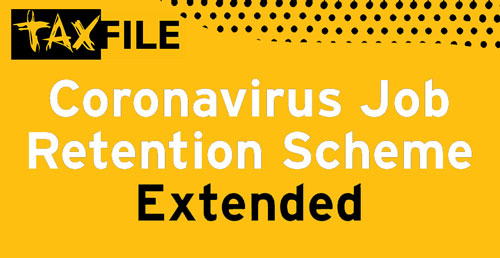Furlough Scheme Extended until End of September

In The Chancellor’s 2021 budget speech it was announced that the furlough scheme would be extended until the end of September 2021, to protect the jobs and livelihoods of the UK population during the pandemic.
The Government will pay employees 80% of the hours not worked through to the end of June 2021. As the country opens up it will then offer 70% with the employer to contribute the other 10%, then in August through to the end of September they will ask the employer to pay 20% while the Government covers the remaining 60%, so the employee continues to receive the 80% of their income for the hours not worked.
If you or your business need help setting up a payroll and help with the furlough scheme, then please do not hesitate to contact us on 020 8761 8000.


 On 5 December 2013 George Osborne, Chancellor of the Exchequer, gave his Autumn Statement in Parliament. Key announcements included:
On 5 December 2013 George Osborne, Chancellor of the Exchequer, gave his Autumn Statement in Parliament. Key announcements included: